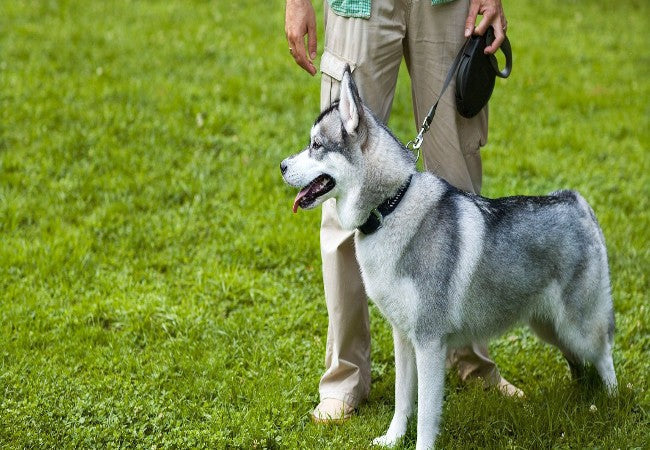Vet Guide 2025 Invisible Fences for Dogs Safety & Training 🐶🩺

In this article
Vet Guide 2025 Invisible Fences for Dogs Safety & Training 🐶🩺
By Dr. Duncan Houston BVSc
Invisible fences can give dogs the freedom to roam safely—without a physical barrier—when properly chosen, installed, and trained. I’m Dr Duncan Houston BVSc, here to guide you through modern invisible fencing methods, including vibration, tones, voice commands, and GPS-linked tracking, alongside enhanced support via Ask A Vet Premium Health & GPS Tracker.✨
1. How Invisible Fences Work
- Traditional systems use buried wire and collars that deliver a warning tone followed by static correction—though that can lead to injuries or fear if not trained gently.
- Modern GPS-based systems (Voices, Vibes, Vibrations) such as Halo or SpotOn use sound, vibration, and optional mild static to reinforce boundaries—avoiding environments with buried wires.
- Training involves leash-guided boundary runs, associative tone cues, and time—typically 1–2 weeks for a dog to understand their limits.
2. Benefits of Vibration, Tones & Voice Commands
- 🐾 Warning tones provide a non-painful alert before any correction—and are easily customizable.
- 🔄 Vibration builds awareness without shock, useful when dogs respond to touch better than sound.
- 🗣 Voice reminders like “go home” can redirect dogs before correction is needed—especially in systems with indoor beacons.
- 🏡 Portable and flexible—many systems work indoors or when relocating, without re-wiring.
3. Risks & Challenges
- Inadequate training or harsh corrections can cause anxiety, yard avoidance, or escape attempts.
- Some dogs may push past boundaries when chasing stimuli if the deterrent isn’t strong enough.
- Collar contact irritation and shock-site injuries can occur if collars are worn improperly.
4. Ask A Vet Premium Health & GPS Tracker
- 📱 Tracks your dog’s location and logs boundary alerts in real‑time.
- 🔔 Sends mobile notifications when your dog approaches or crosses the boundary.
- 🗂 Logs vital signs like activity levels, allowing you or your vet to notice anomalies early.
- 🔄 Allows remote voice cueing (e.g., “go home!”) through collar integration during walks or emergency escapes.
5. Gardening Alternatives & Layered Safety
- Combine invisible fences with low fences/garden beds to deter casual grazing.
- Use sound/vibration indoors to restrict access to rooms—no wire needed.
6. Best Practices for Success
- ✔ Begin training on leash, guiding your dog around the perimeter while pairing beeps/vibrations with voice cues like “back.”
- ✔ Reinforce calm behavior with treats for staying safely inside the zone.
- ✔ Avoid leaving dogs unsupervised during early training.
- ✔ Check collar fit every week and replace batteries promptly.
- ✔ Maintain portable beacons for indoor boundary reinforcement (e.g., near trash cans).
7. When to Seek Help
- If your dog displays leash aggression, anxiety, or avoids the yard completely.
- If escape attempts continue despite proper training.
- Seek help from a vet, behaviorist, or Ask A Vet virtual consult to adjust training.
8. Ask A Vet,
- 📱 Ask A Vet Premium: Track boundary activity, view behavior logs, and receive training support remotely.
FAQs
- Q: Do invisible fences shock my dog?
- Modern GPS systems default to tone and vibration. Static is optional and should be very mild.
- Q: What if the collar battery dies?
- Ask A Vet trackers alert you before a low battery on the app—never leave a dog boundary-aware without a collar function.
- Q: Can I use voice commands remotely?
- Yes—with Premium GPS trackers, you can send voice cues like “go home” to redirect your dog.
Conclusion 💡
When thoughtfully selected, trained, and supported, invisible fences (especially voice-and-vibration GPS models) can offer safe freedom and peace of mind. Combine them with Ask A Vet Premium Health & GPS Tracker for real-time tracking, boundary alerts, and voice commands. It's a modern, multi-layered solution for responsible dog owners. 🐾❤️






